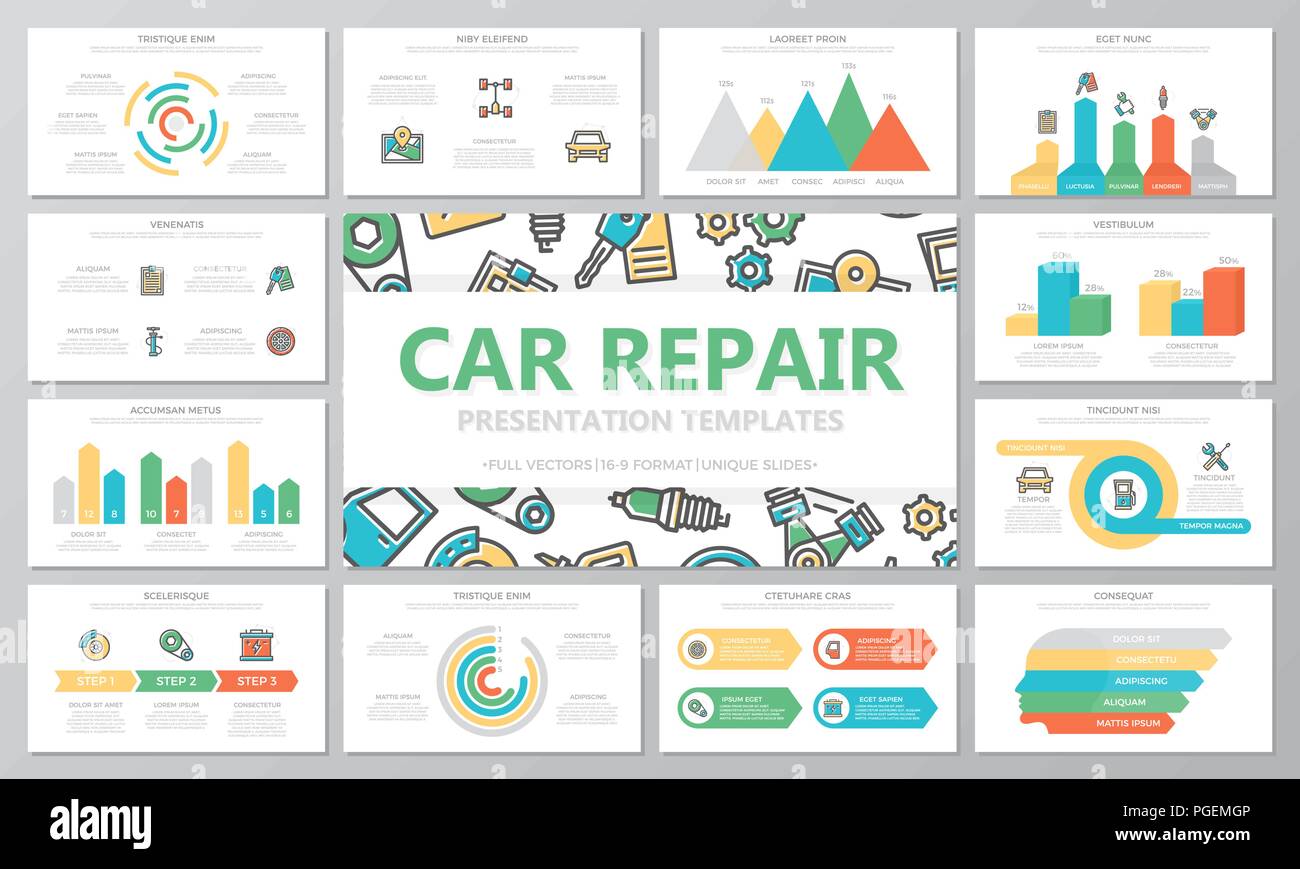Interpreting Your Car'S Alert Lights: Their Real Ramifications
Interpreting Your Car'S Alert Lights: Their Real Ramifications
Blog Article
Created By- https://oilchangeplaces84061.blue-blogs.com/38029705/prepare-to-expose-the-unknown-facts-of-auto-repair-service-with-incredible-revelations-that-will-certainly-alter-exactly-how-you-see-things-you-will-not-think-the-information-you-ve-been-missing
When you lag the wheel, those beautiful caution lights on your dashboard can be a little bit bewildering. Do you recognize what they're trying to tell you about your automobile's wellness? Comprehending the significance of these lights is vital for your security and the durability of your lorry. So, the next time one of those lights turns up, wouldn't you want to analyze its message accurately and take the essential actions to resolve it?
Common Warning Lighting and Interpretations
Recognize usual warning lights in your auto and understand their meanings to make sure safe driving.
The most normal caution lights consist of the check engine light, which indicates concerns with the engine or discharges system. If this light comes on, it's vital to have your automobile inspected immediately.
The oil stress cautioning light shows low oil stress, calling for immediate attention to prevent engine damages.
A flashing battery light might recommend a faulty charging system, potentially leaving you stranded if not addressed.
The tire pressure tracking system (TPMS) light alerts you to low tire pressure, affecting automobile stability and gas effectiveness. Overlooking this might lead to hazardous driving problems.
The abdominal muscle light shows a problem with the anti-lock braking system, compromising your capability to quit quickly in emergency situations.
Lastly, the coolant temperature cautioning light warns of engine overheating, which can lead to serious damages if not settled swiftly.
Recognizing these common caution lights will help you deal with issues quickly and keep secure driving conditions.
Importance of Prompt Interest
Recognizing the common caution lights in your automobile is only the first step; the relevance of without delay resolving these warnings can't be highlighted sufficient to guarantee your security when traveling.
When a warning light brightens on your control panel, it's your cars and truck's method of communicating a possible concern that requires attention. Neglecting ceramic car coating nz can lead to a lot more extreme issues later on, jeopardizing your safety and security and possibly costing you a lot more out of commission.
Prompt attention to advising lights can protect against breakdowns and crashes. As an example, a blinking check engine light could suggest a misfire that, if left unattended, can create damage to the catalytic converter. Addressing this without delay can conserve you from a costly repair.
Similarly, a brake system advising light may indicate reduced brake fluid or used brake pads, crucial components for your safety when driving.
DIY Troubleshooting Tips
If you discover a warning light on your dashboard, there are a few DIY troubleshooting suggestions you can try before looking for expert aid.
The very first step is to consult your automobile's guidebook to comprehend what the particular caution light suggests. Sometimes the issue can be as straightforward as a loose gas cap triggering the check engine light. Tightening the gas cap may settle the trouble.
An additional usual concern is a reduced battery, which can cause various warning lights. Inspecting the battery connections for corrosion and ensuring they're secure could fix the problem.
If a caution light persists, you can try resetting it by disconnecting the auto's battery for a couple of minutes and then reconnecting it. Additionally, examining your car's liquid levels, such as oil, coolant, and brake liquid, can help troubleshoot warning lights connected to these systems.
Conclusion
To conclude, comprehending your automobile's caution lights is crucial for keeping your lorry running efficiently and securely. By immediately dealing with these notifies and knowing what they suggest, you can avoid expensive repair work and prospective failures.
Remember to consult your automobile's handbook for certain details on each warning light and take action as necessary to make certain a trouble-free driving experience.
Keep informed, stay risk-free when traveling!
